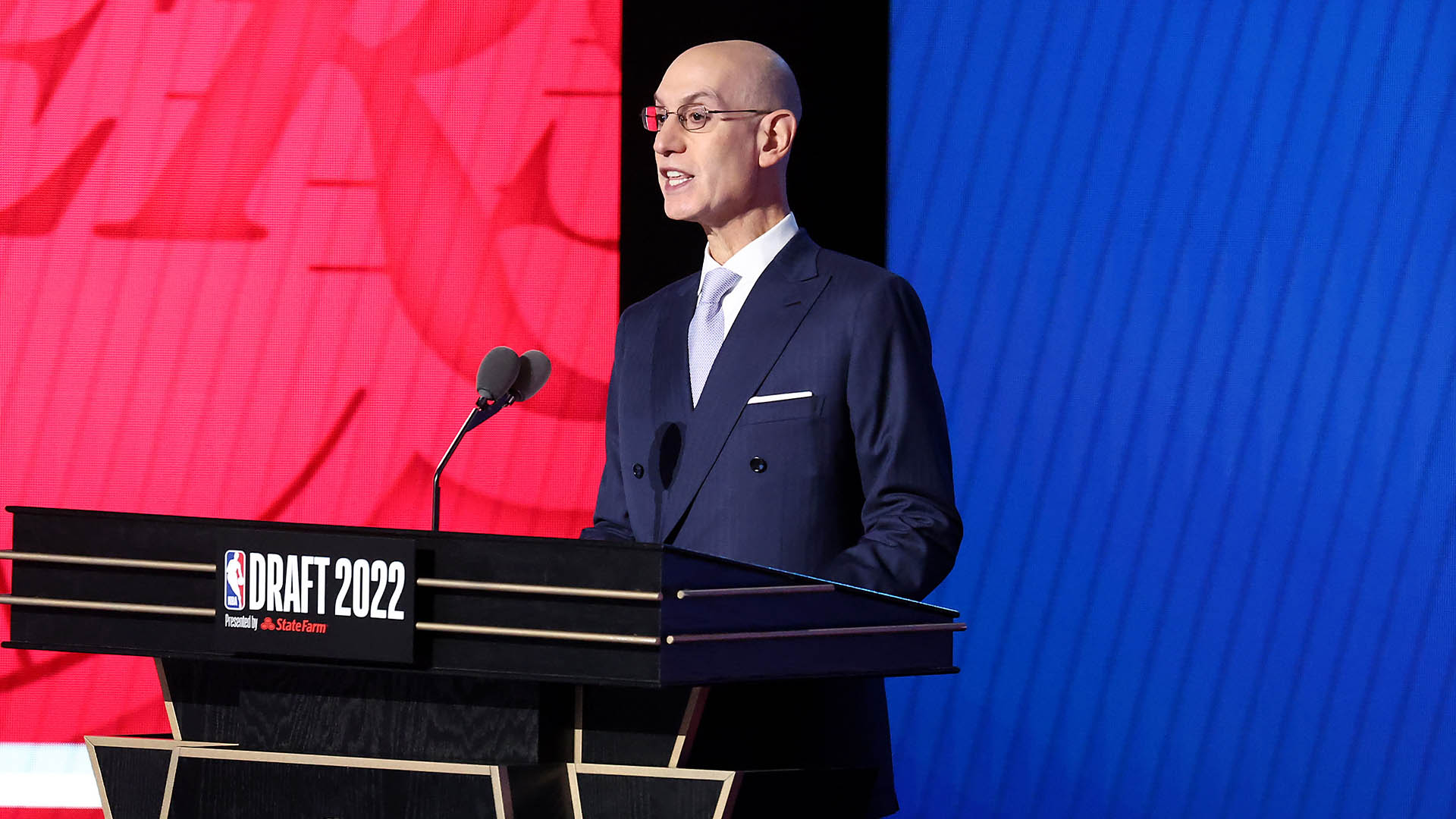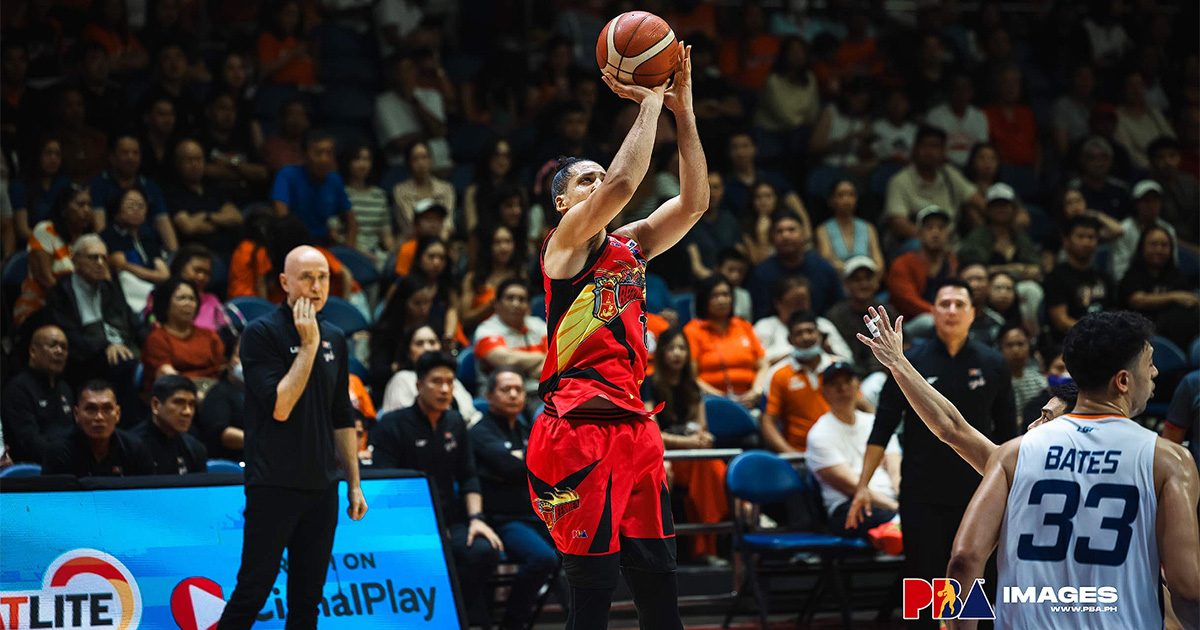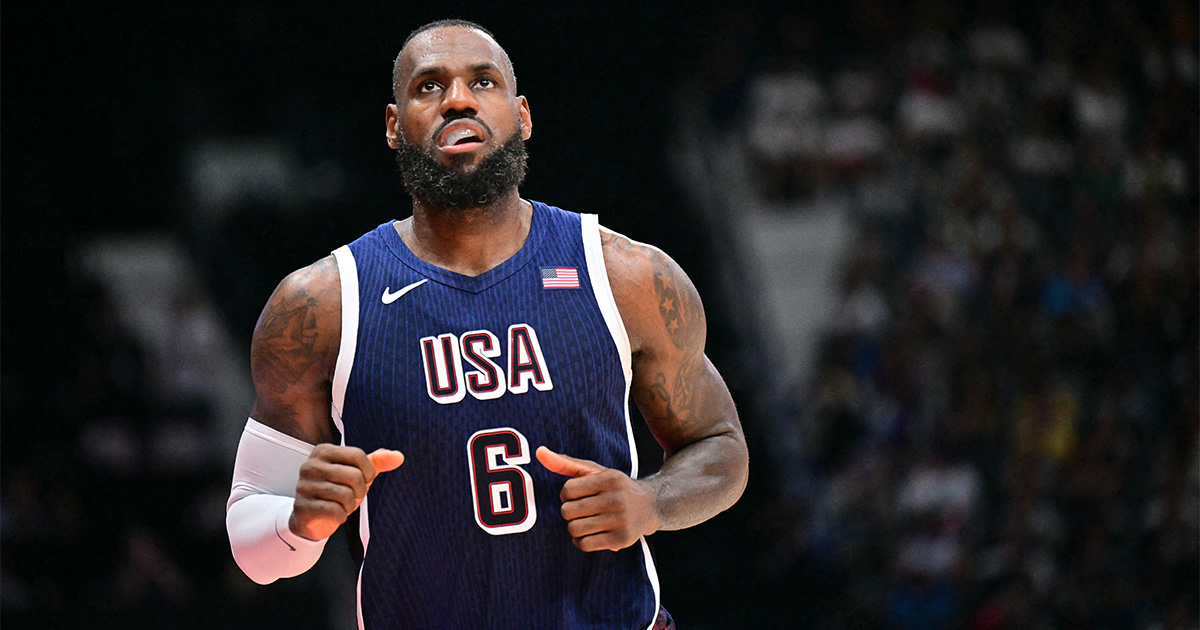Money is a means to an end, and in the NBA, it’s what often separates championship teams from those with dreams. For players, it’s a chance to put themselves and their families in a better position financially, all while playing the game they love.
The NBA’s salary cap, which ideally sets a limit that NBA teams can pay its players and even the playing field, has been divisive, given how 11 out of the 30 NBA teams have made the NBA Finals in the last 15 seasons, with only seven of those teams winning the last 15 NBA titles. Even with the luxury tax, which was a threshold above the salary cap that came with a financial penalty in order to deter further spending, some organizations have been willing to break the bank especially when they are a move away from a title.
Recently, the league announced that the salary cap for the 2023-2024 season would rise to a would-be record $134 million, a jump of about 8.4 percent from the $123.7 million for 2022-2023, which is the current record high. Of course, that figure isn’t final, but the current projections would easily be more than double that of 2014-2015 ($63.1 million).

The NBA’s salary cap usually rises in line with the league’s growing revenue, but jumps like that of next season’s usually come when the NBA’s new TV deals kick in. A new television rights deal, however, won’t arrive until the 2025-2026 season and when that comes to play, the salary cap could skyrocket once again. It is likely that the NBA’s recent gains have continued to spill over to the teams since the league did not raise the salary cap from 2019-2021 in light of the COVID-19 pandemic and also limited cap increases to, at most, 10 percent for the time being.
Overall, the development is great news for both the players and teams. For the former, higher caps means teams are likely not to be as stingy compared to the past. More players will be able to get lucrative deals that were once a pipe dream, with those having to choose other leagues for bigger pay now having to reconsider as even minimum contracts will get bumped up. In fact, the NBA salary caps of not so long ago are now the annual salaries for some of the league’s biggest stars.
Meanwhile, the latter’s view of player contracts will change, usually for the better. A contract worth $100 million over four years will now be viewed as a bargain versus a decade ago, when only the league’s marquee players were entitled (and more often than not deserved) that kind of figure. Parity, though, may not be such an easy thing.
Kevin Durant joining the Golden State Warriors was a great example of the consequences of a drastic rise in the salary camp working well for players and teams. Fresh off a disappointing loss in the 2016 NBA Finals, the Warriors already had max contract players in Draymond Green and Klay Thompson, but them having lower rookie contracts (and thus lower max extension ceilings) allowed Durant to be the highest-paid player on the team after signing with Golden State. Of course, Stephen Curry’s contract was somewhat of an anomaly, as he signed a four-year, $44-million contract due in part to the ankle injuries that hounded him at that time.
Durant and the Warriors’ situation likely won’t be the last as another superstar and a willing team could join forces down the road. Teams like the Phoenix Suns, Cleveland Cavaliers, and the Atlanta Hawks have also been wise to extend their superstars or have stars still in team-friendly deals that they can still take on a disgruntled superstar despite already carrying some depth on their rosters.
At the end of the day, championship teams are built on money spent on great players, clever coaching, savvy management. A big jump in the NBA’s salary cap is good news, but it’s even greater news for those teams that can navigate through financial hurdles and move within inches away from an NBA title.
















binance Registrācijas bonusa kods